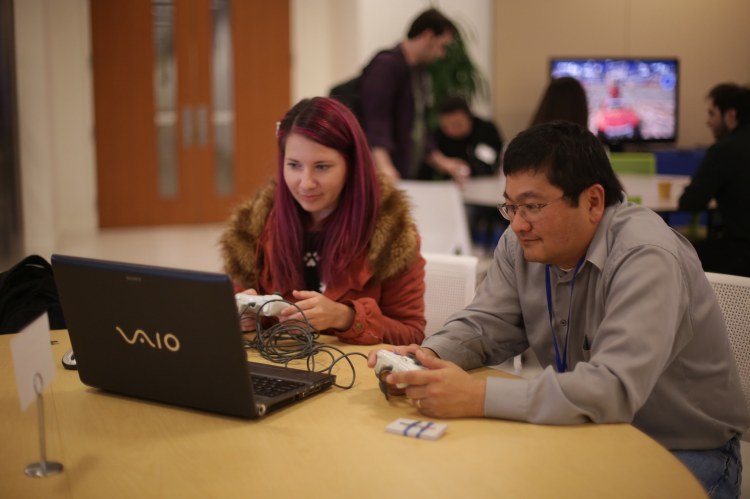Ever since the App Store opened in 2008, the number of indie games has exploded. That has given these a chance to soar to the top of the charts and get noticed alongside triple-A releases. But it has also created a beastly discovery problem, as indies now compete with a million others trying to get noticed.
Public relations and getting covered in the games media is a good solution. But it has to be done right. I’ve been receiving PR pitches from tech companies for 25 years and game companies for 18 years. So here are my suggestions for how to do it right. This is tailored to indies, but any company can use the tips. It starts out generically, and it then focuses on specific tips for pitching GamesBeat. And it also includes tips from our own veteran PR man, Bill Lessard.
I don’t want to appear overly cynical or lazy. I love this job, and I love writing about a great game or someone with a lot of vision. I get enough boring pitches in a day to be able to appreciate the ones that are well done. The volume of pitches is also higher than it has ever been. Keep in mind that it’s not easy to respond to every pitch. But don’t be discouraged, as I remain hopeful that I can get good stories from small companies that don’t have a PR army. If we don’t have time for your story, somebody else might. Remember, though, that other publications may have different guidelines for pitching.
The basics
You need to make a great game that stands out from the hundreds of other mobile, social, online, console, and PC games coming out that week — or the 1 million games already on the app stores. If you don’t think you’ve got such a game, you might want to start over.
What I love is finding something unique and interesting to write about. I want to find something magical, and I think most journalists, even the most cynical of the bunch, share the joy of discovering something really cool. Sometimes the real story isn’t the game itself. It’s the person who made it. Theresa Duringer [top] told me that she was the daughter of a game developer, and had made a game herself. “That’s your story,” I told her. Or it’s at least the start of a good tale.
Be prepared ahead of time. PR can be a drag, and it can also be a joy. If you do it last-minute, it shows. And guess what? Game writers aren’t obligated to cover your game. If you send them a lousy pitch, they probably will ignore it. That’s a shame if your game is good.
To build on that, it’s important to remember that I am not an extension of your company. I am an independent journalist. I appreciate getting sources who tell me tips for good stories, and I have relationships with such sources that stretch back for years. I want scoops, or stories that nobody else has and that some people really don’t want others to know about . This is different from traditional PR. You should consider a PR person to be an extension of your company, your brand, your own image, and your game. Choose that person wisely.
If you want good PR, be prepared to pay $5,000 to $20,000 or more a month to a PR person or to an agency. These people hear a lot of pitches and get a lot of pitches. They’re a decent filter. I listen to pitches from PR people who I know, and I’ll even recommend some that I have worked with for years. But I understand that a lot of indie game makers can’t afford PR. You can pitch me directly if you wish. There’s something authentic about hearing a pitch from someone who actually made the game. Here’s an article that talks about your PR choices.
When you are doing PR for a mobile game, study the app store rankings and see where the gaps are in the market. Is your game uniquely positioned to take advantage of gaps in the market or does it combine genres in an interesting way? If so, note this in your pitch.
Point out the innovation in your game. Spend time thinking about what this really is.
Sell your human story. Show your passion. What is your hook? Does your mother make video games, too? Are you homeless? Are you making a game in a youth hostel? Are you only 12 years old? Have you made hit games before? Have you worked on other interesting projects? Do you have good connections? Do you have funding? Do you have insights into the platforms or publishers you’re working with?
Be realistic. If your story is not one of the five best game stories of the day, I probably won’t be able to cover it. Why should a journalist veer off triple-A coverage or breaking news to cover your story or game?
Figure out how to tell your interesting story in 15 seconds. This comes in handy at conferences or trade shows.


